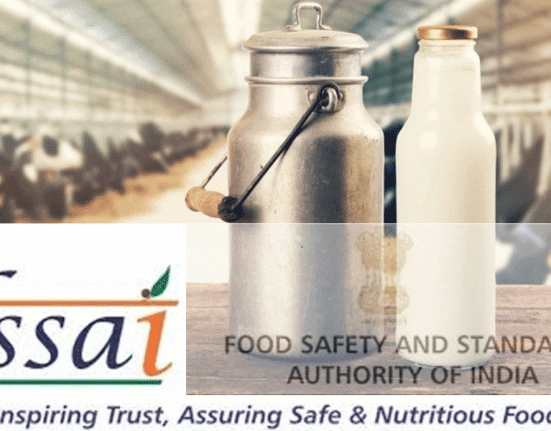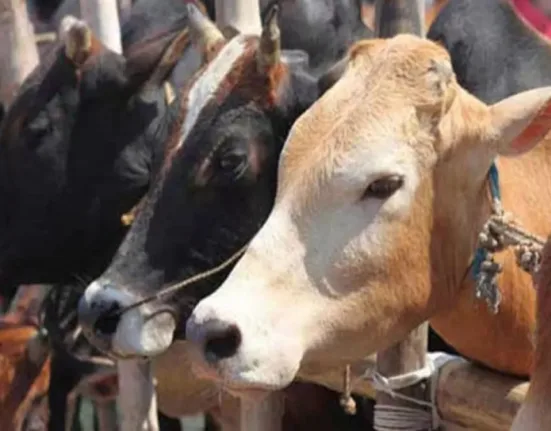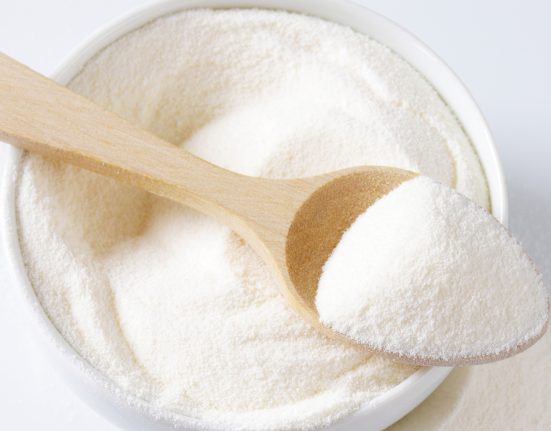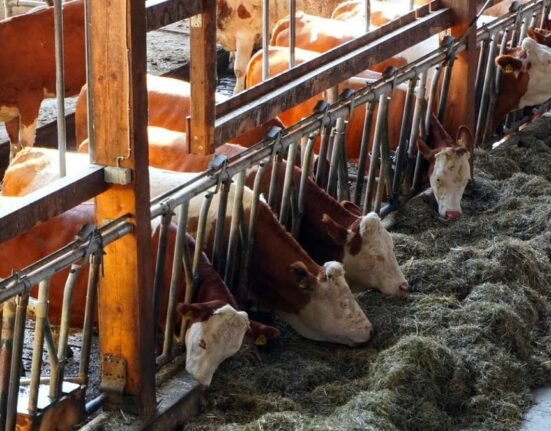What Is the “Megabill” and Why Is It Controversial?
A recently passed Republican-led “megabill” in the U.S. Congress has set off a storm of debate in American agricultural and food policy circles. Designed to provide expanded financial support to large-scale farm and dairy operations, the bill also includes deep cuts to food assistance programs — and leaves the broader U.S. Farm Bill in legislative limbo.
While agribusiness giants praise the bill for offering robust safety nets amid rising climate volatility, critics argue that it prioritises large producers over small farms, consumers, and environmental goals.
🐄 Winners: Big Dairy and Livestock Farmers
✅ Full Compensation for Livestock Losses
- Livestock Indemnity Program (LIP) now covers 100% of animal losses from predators or disasters (up from 75%).
- First-time coverage for unborn livestock losses.
- Easier access to relief under drought conditions — payouts after 4 weeks instead of 8.
✅ Big Boost for Dairy Margin Coverage (DMC)
- DMC program extended through 2031.
- The premium threshold has been raised from 5 million to 6 million pounds of milk/year — favouring larger, factory-scale dairies.
- Small farms may face a disadvantage, as support tends to scale toward higher milk volumes.
✅ Insurance Pilot for Poultry Growers
- A new USDA pilot program will help contract poultry farmers offset rising energy costs resulting from extreme weather.
- Acknowledges the climate burden on vertically integrated producers — but its long-term impact remains to be seen.
🌾 More Aid for Commodity Crops and Global Agribusiness
- $6.3 billion increase in crop insurance funding over 10 years.
- Removes income caps and raises payout limits, benefiting large grain, corn, and soybean farmers.
- New tax breaks for farm operators.
- Doubles funding for U.S. agricultural trade promotion, supporting global exports of meat, dairy, and grain.
🍽️ Losers: SNAP Beneficiaries and Nutrition Programs
Perhaps the most contentious feature of the megabill is its approach to food security:
- Cuts to SNAP (Supplemental Nutrition Assistance Program) by:
- Pushing funding to state governments
- Tightening eligibility
- Increasing work requirements
- Advocacy groups say this could reduce access to nutritious foods for:
- Low-income families
- Children and seniors
- Rural food deserts
“More milk for megafarms, less food for the poor,” summarizes one food justice group’s criticism of the legislation.
🌱 What About the Environment and Small Farmers?
- The bill lacks strong provisions for:
- Climate-smart agriculture
- Sustainable dairy farming
- Support for historically underserved farmers
- Many programs traditionally included in the Farm Bill—such as equity-focused grants, environmental conservation, and organic farming incentives—were left out or deferred.
📜 Where’s the U.S. Farm Bill in All This?
Typically, the Farm Bill (renewed every five years) encompasses these programs within a single legislative package.
- By splitting the megabill from the main Farm Bill:
- Lawmakers reduce urgency to pass a comprehensive, balanced law.
- Only a “skinny” Farm Bill may be passed later this year — one that continues current programs but avoids reform.
🌍 Why This Matters Globally — Including for India
While this is U.S. legislation, its ripple effects could:
- Influence global dairy trade dynamics
- Increase U.S. dairy exports due to higher subsidies
- Shape future policy dialogues in India, especially around:
- Balancing dairy support and sustainability
- Nutrition programs vs agri-subsidies
- Small vs large farm policy frameworks
📌 Key Takeaways
| Winners | Losers |
|---|---|
| Large livestock producers | Small dairy farms |
| Factory-scale dairies | Low-income families on SNAP |
| Poultry growers (pilot aid) | Environmental programs |
| Commodity crop exporters | Equity and climate reformers |







